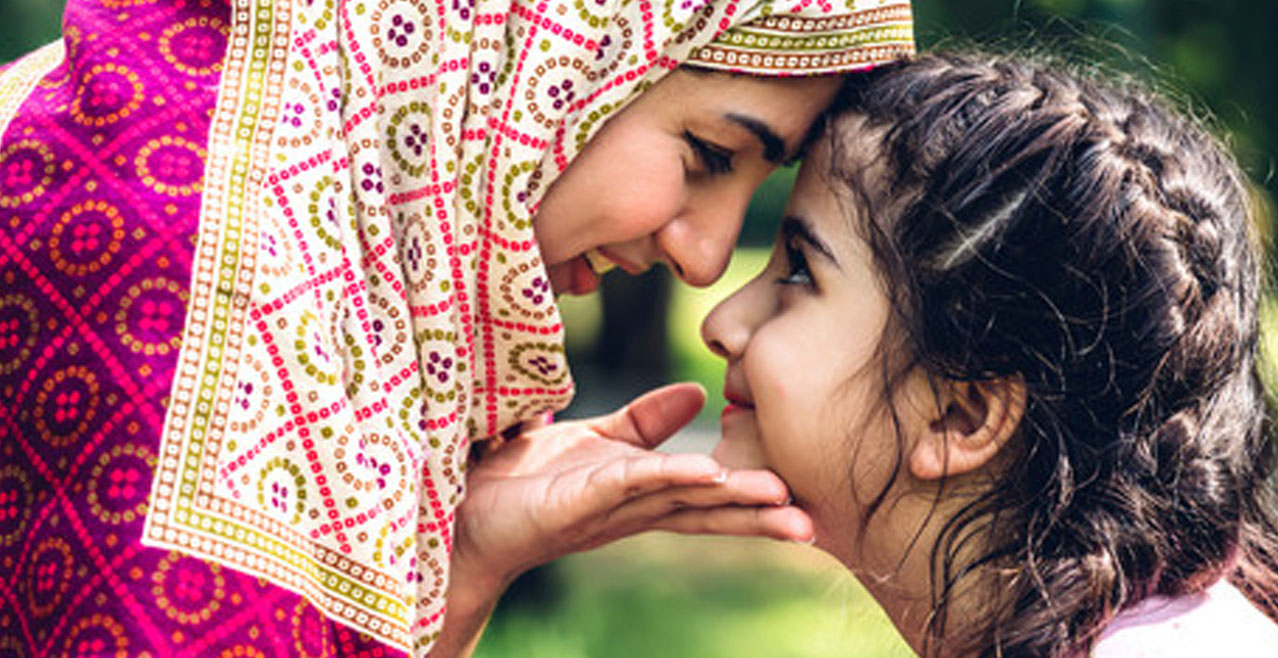
Inmunization
Childhood immunization was one of the greatest advances in public health in the 20th century. It has saved millions of children and adults throughout the world from developing meningitis, encephalitis, brain damage, severe respiratory problems, poliomyelitis, paralysis, and other severe illnesses, which can require hospitalization or cause death. And to this day, childhood immunization remains a cornerstone of pediatric care and public health.
Immunizations are most effective when an entire community participates. In recent years, localized outbreaks of mumps, measles, whooping cough and polio have occurred in the United States in communities with low vaccination rates. When you immunize your child, you are not only protecting your child from serious disease, but you are also helping to protect your entire family, your friends’ children, classmate, playmates, neighbors and church/organizations attendees.
We strongly believe in the importance of immunizations and fully support the childhood immunization schedule established by the American Academy of Pediatrics. Therefore, our policy requires that every new patient within our group receive the vaccinations listed below:
- Hepatitis B: 3 doses
- Diphtheria, Tetanus and Pertussis (DTaP): 4 doses
- Inactivated Polio (IPV): 3 doses
- Hemophilus influenza (HIB): 4 doses
- Pneumococcal conjugate vaccine (Prevnar 13): 4 doses
- Varicella vaccine (Chicken Pox): 1 dose
- Measles, Mumps and Rubella (MMR): 1 dose
- Hepatitis A: 1 dose
- A fifth dose of DTaP
- A fourth dose of IPV
- A second dose of MMR
- A second dose of Varicella (Chicken Pox)
- Dose of Meningococcal Vaccine, and 1 dose of Tetanus, Diphtheria, Pertussis (TdaP).
- Hepatitis A: 2nd doses, beginning at 12 months of age
- Influenza vaccine: 2 doses on first year received (only children less than 9 years old) and 1 dose annually thereafter
- For Preteen/Teens: 2 doses of HPV vaccine (Gardasil)
